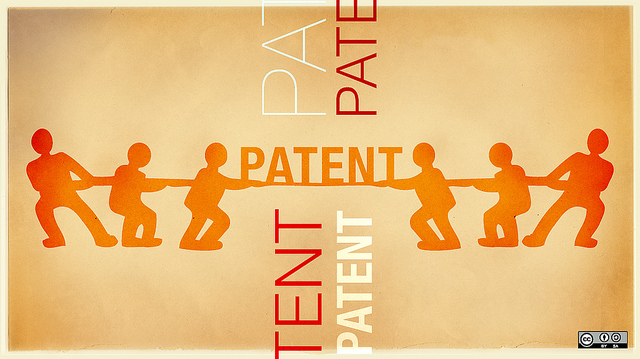It can be safely said that the current mad rush in 3D printing space was started in 2009 when the first of the important patents in 3D printing ie FDM got expired in 2009. With few more important patents getting closer to expiration, it is expected that the 3D printing space is going to witness phenomenal changes. Hence, it is worthwhile to look at the key patents in 3D Printing.
Fused Deposition Modelling, (FDM) Technique was patented in 1989 by by Scott Crump, co-founder of Stratasys, one of the largest manufacturers of 3D printers. This patent expired in 2009, and gave rise to a host of consumer level printers, the development of RepRap Mendel and also the founding of Makerbot.
SLS or the Selective Laser Sintering Technique was patented by Carl R. Deckard. This involves shoot powder with a laser, letting the powder melt, and put a dusting of new powder over the layer that just got created. SLS printers are basically made of two parts: a laser cutter on top, and a plunger and roller system to build up parts layer by layer below.
You can use a wide range of plastics and even metals with SLS compared to the FDM Repraps and Makerbots we have today. Laser sintering machines can print in just about any powder that melts. Everything from nylon to polycarbonate to metals are possible with laser sintering.Lasers allow for much higher accuracy than the most common 3D printers.
The reason everyone is so excited by the expiration of ‘key patents’ is the fact that other large companies besides 3D systems – Stratasys and Zcorp, for example – will be able to manufacture their own SLS printers. But even now, the bulk of professional printers produced by these companies use a method similar to SLS called polyjet, which uses an inkjet to spray binder onto powder – but this isn’t covered by the SLS patents anyway. Hence, the expiration of these key patents will only mean a reduction in cost for the very, very high end printers and may not affect the consumer level printers market much.
3D printing and rapid manufacturing is only ideal when you need to make a handful of parts. Expiration of patents is going to be an important milestone in 3D printing space, but it isn’t going to change the world overnight.
Imagesource: Opensource.com
